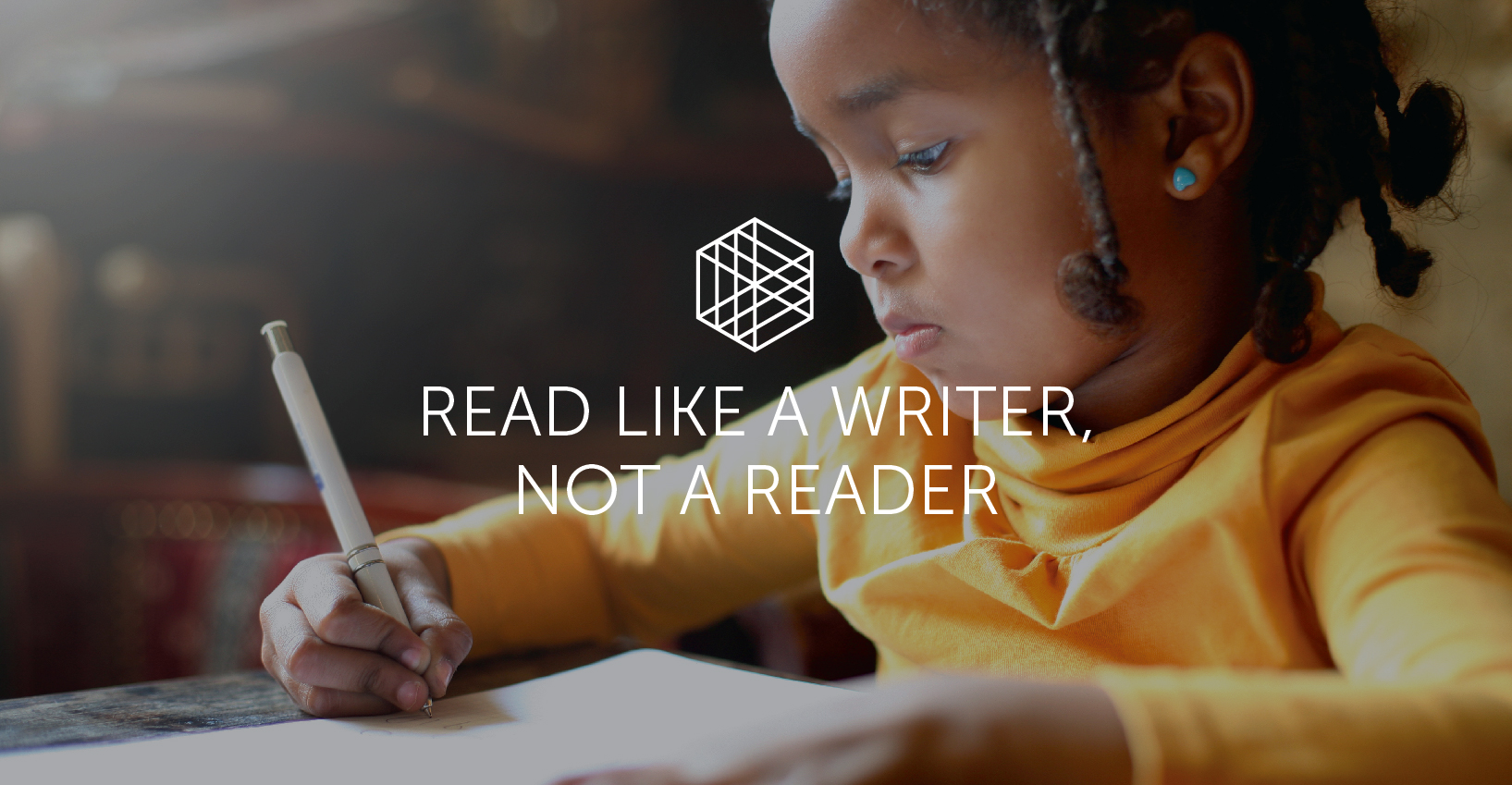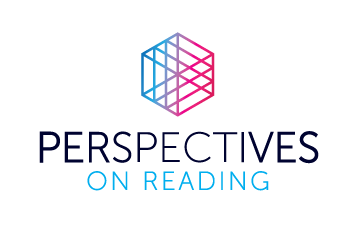Read like a writer, not a reader

By MM Wittle, Senior Lead Educator, College Professor and Writer | June 2019
My first experience with teaching came in the form of being a student. In my ninth grade English class, we read Lord of the Flies. For weeks, we read the chapters out loud, and then the teacher told us what the symbols in the text were and what they represented.
When I became an English teacher, I used the same way to expose my students to understanding symbolism. I used Beloved instead and discussed in detail the symbolism in the book and what the symbols meant. I never gave my students the time and space to wrestle with the symbols on their own and assign the meaning they felt the author was placing on them.
I thought I was doing a great job and that I was really living my destiny. I was teaching, and my students were learning. But, the real truth was that I was not teaching at all, and my students were only repeating what they were told. There was no real learning going on, and I felt like a fraud.
In the middle of this realization that I was cheating my students out of their education, I was also earning a Master of Fine Arts in creative writing. It took a few courses in my program for me to really see the connection between how I was reading the texts to understand what the author was doing and what my students needed to do to really meet the rigor of the Common Core State Standards.

I started this new mantra of reading like a writer, not like a reader, because at the heart of the Common Core State Standards, summary is only a small skill. The big takeaway from the standards is to really look at the text as a writer would and start analyzing sentence structure and word, genre, narration and tense choice.
Because this was a huge mind shift for me, it also became one for my students. I knew I needed to scaffold up to this deep dive into the text, and I wasn’t completely clear on how to do that. I started small and used poetry and short speeches to begin to close read the text. I modeled how to close read by putting The Gettysburg Address on the Smartboard and asking questions like, “Why is Lincoln referencing The Declaration of Independence?” and “Why is Lincoln using the repeating, ‘for the people, by the people’?”
Again, I had that feeling that I was a master teacher and my students were really learning. But in truth, they were just watching me rip apart a text and not really understanding how I knew to ask those questions. I needed to give my students something more than just watching me; they needed to see inside my head.
What made this time more difficult was I was transitioning out of the classroom and becoming an instructional coach. I was not only worried about how I could teach my students to close read, but now I had the added pressure of having to teach others how to do something I was not even sure I could do myself.
As I started thinking about how I could get students to see inside my head, I started thinking about how we see inside the human body. Then it clicked; I created the “text x-ray” to help address not only what was said in the text, but how it was said. This helped my students and teachers really understand how to break apart a text and get to how the author created it. This also helped with finding the biases because the text x-ray has students isolate word choice and order to see connation.
| What is said in the text? | How the author says it? |
|---|---|
| What information did the author explicitly give you in the text? | Use these questions to help guide your thinking and always look to answer why is the author using this and why is the author using this in this story at this time?
|
| Questions I wonder from the text: Here is where the reader writes down questions he or she wishes to ask the author about why they wrote the text the way they did. |
|
While this was working well for reading, I began to wonder how else I could use my training as a writer to help students become better readers and writers. I started thinking how the idea of a text x-ray could transition into writing instruction. I was teaching a dual enrollment high school-college composition class, and I noticed the students relied more on my feedback on their writing than their peers’. I knew that needed to change.
I tapped back into my creative writing training and focused on the peer editing process. I noticed that my students were just passing papers back and forth and were not really engaging in a conversation about the text. I decided I would try a writing workshop model to see if I could get the types of discussions and feedback I wanted for my students and not just the average, “This is good” and, “This needs a period here.”
I prepped the students ahead of time. I told them we would be putting their essay on the Smartboard and someone would read it out loud. Then the discussion would begin, during which time the author was frozen and could not speak. We questioned the structure and word choices. We questioned the sources and the connotations. We questioned the narrative.

The first time we did this, the authors were very uncomfortable. However, as we went into the second round of papers, I noticed my students were taking more and more ownership of the process. My students were leading the discussions, and I was in the back just listening. By the third round, my students and I were circling the same discussion points.
I knew I was onto something and wanted to see if this type of writer’s workshop would work on the middle school level. I had my students go to a sixth-grade classroom and teach how to use this process to strengthen writing.
The results were fantastic. First, my students were teaching others, and I was finally able to take a backseat in my classroom. Second, I could hear the conversations my students and the sixth graders were having about writing, and it was really about the content of the work and not about spelling and grammar. Lastly, the sixth-grade teacher told me her students’ writing became stronger because they were paying more attention to how they were writing instead of focusing only on what they were writing.
After the term, I asked my dual enrollment students to weigh in on the experience. When I asked how many felt the writer’s workshop was a better way to get feedback on their writing, 90 percent agreed it was more helpful than peer editing. The students felt, “Writer’s workshop was a way to get real feedback on (their) work,” and, “(This way) allows for us to breakdown a paper and see all the dos and don’ts of what makes a paper solid.” Additionally, students felt, “Workshopping focuses on content more. I may struggle with both content and grammar but there are solutions out there which help you with grammar (spellcheck). The only way to really fix content is to have another person look at it.” (Fiordimondo, Michelle, “Peer Editing Vs. Workshopping,” 13 April 2018)

When the students were asked about their experience with peer editing, they stated, “Peer editing with writer’s workshop has helped me understand where it was that I needed improvement and allowed me to become a better writer,” and “All my papers get better as we pass by workshop.” (Fiordimondo, Michelle, “Peer Editing Vs. Workshopping,” 13 April 2018) One student mentioned, “It (was) hard and does take up some time. It really shows you what is wrong with your paper content-wise.” (Fiordimondo, Michelle, “Peer Editing Vs. Workshopping,” 13 April 2018)
Overall, the students who have engaged with writer’s workshop felt the experience was worth it because they were able to grow as writers. I noticed that, through their writing, they were also strengthening their reading because they were paying more attention to how the author created the text and not just what it was discussing. The Common Core State Standards are asking our students to really read like writers and not so much like readers. And it has been my experience that the same idea should filter into their writing, because all writing is really about how the information is being said and not so much what is being said.


